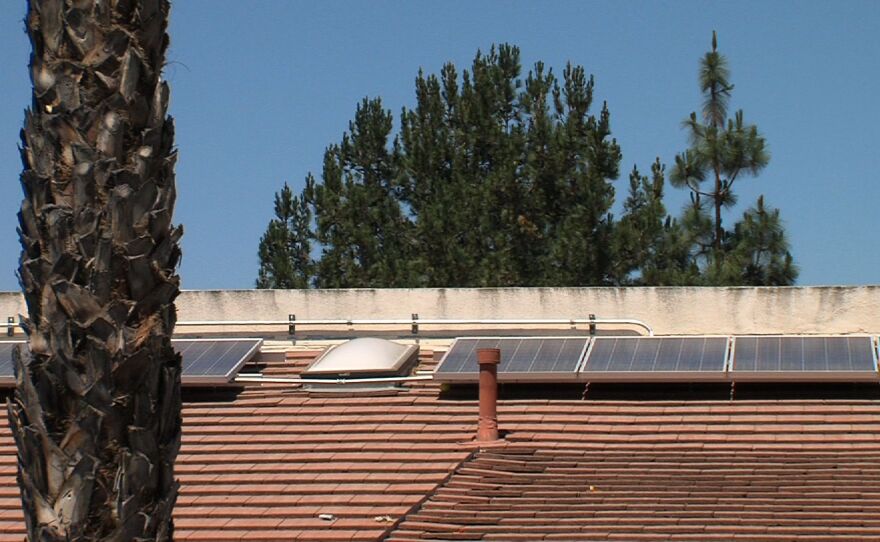California leads the nation with more than 1.3 million solar rooftops installed on homes, but the state also has potential for a lot more.
The state ranks second in the nation when measuring the percentage of solar panels on rooftops capable of installing photovoltaic systems.
Consumer comparison research firm InMyArea.com used data from Google’s Project Sunroof, which estimates the suitability of solar installations on the nation’s buildings, to calculate energy costs from the U.S. Energy Information Administration.
Nearly 4% of California’s qualified buildings already have solar arrays. That only trails Hawaii, where 12% of eligible roofs are covered.
The research firm found that consumers saved money — solar panels on the average building saved $1,404 a year on energy bills — and helped support the power grid by creating new sources of energy.
Solar energy is also a good way to keep carbon out of the air, where it can accelerate global warming.
“By reducing carbon, we would be reducing risk for people, for respiratory ailments, for risks from excessive heat, and other weather-related illnesses and deaths,” said Corie Colliton, an industry analyst for InMyArea.com.
Google's research finds that there is still huge potential for solar growth in California, because more than 95% of eligible rooftops do not have solar panels.
Cost and uncertainty over public policies governing solar in the state are seen as two possible obstacles to additional growth.
If all of the qualified buildings in the country were powered by solar, nearly 650 million metric tons of carbon would be offset, according to the InMyArea.com report. That is a serious reduction in greenhouse gas emissions linked to global warming.
“If all of the buildings in Houston that were eligible switched to solar,” Colliton said, “it would be like taking almost 2 million cars off the road for a year. So it’s not a small change that we could make if we were all able to and willing to switch to solar.”
Environment California’s recent Shining Cities report found that California has six of the state’s largest cities ranking in the nation’s top 20 solar adopters.
“Here in California, we now have over 10 gigawatts of rooftop solar capacity, which is really tremendous. That’s about a quarter of our overall electric use on any given day,” said Laura Deehan, of Environment California.
The report concluded that solar-friendly policies are the key to keeping the solar growth going in years to come.








